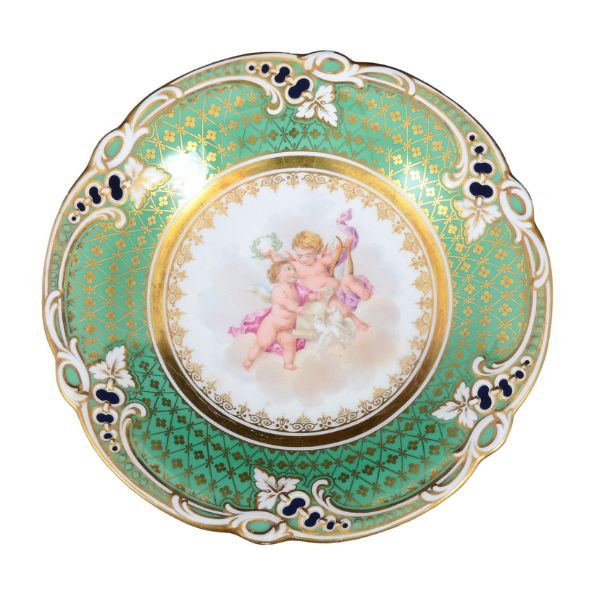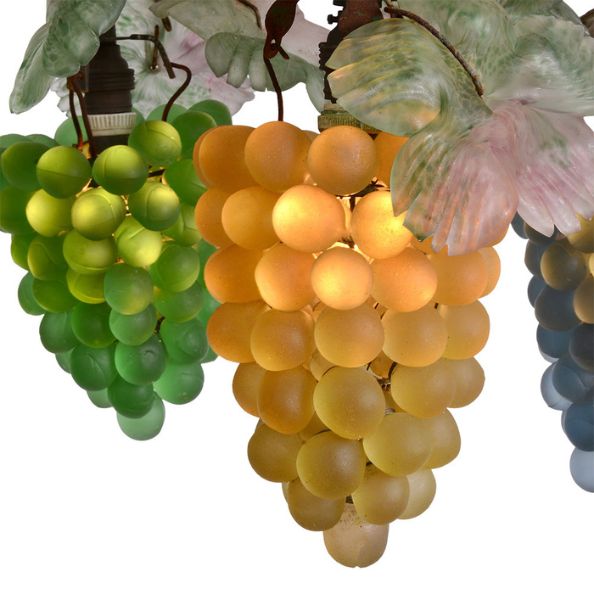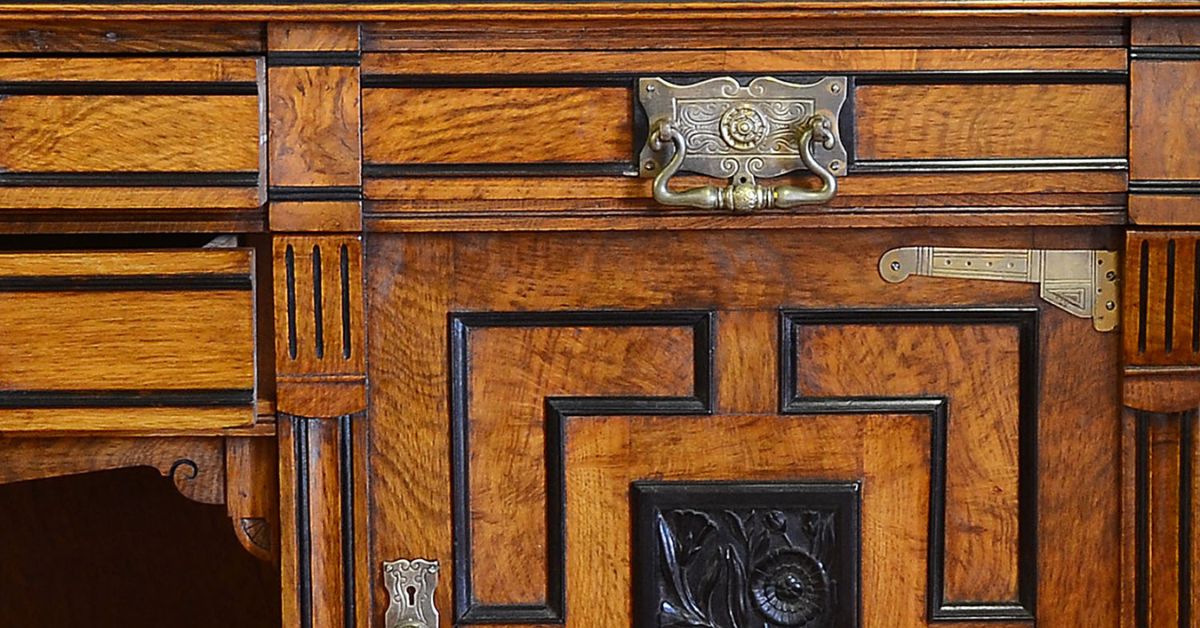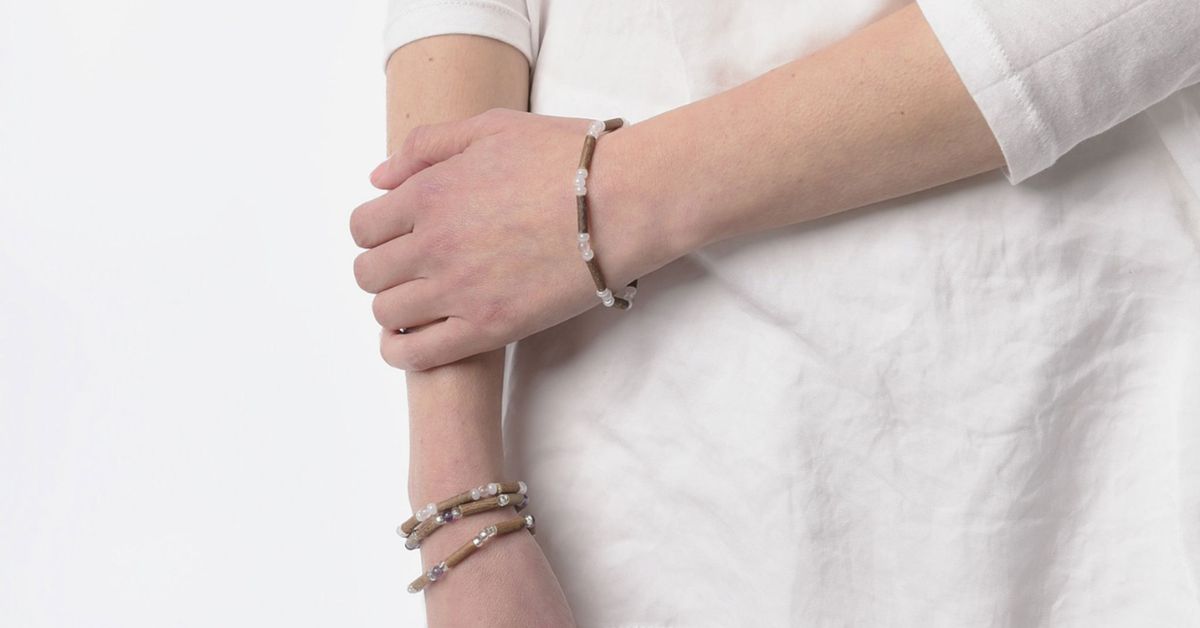The Difference Between Fine China and Porcelain

The difference between fine china and porcelain can often be a source of confusion. These two types of ceramics both exude an air of sophistication and elegance, but they’re not the same: they have distinct characteristics that set them apart. Before you choose a pattern for your registry or lay out your best plates when company is coming over, learn more about what makes fine china and porcelain different as well as what they have in common.
Kaolin Clay
Both porcelain and fine china start with a soft white clay called kaolin. Kaolin is made up primarily of the mineral kaolinite, but it may also contain feldspar, quartz, or mica.
Porcelain is made primarily of kaolin clay. Fine china also starts with kaolin, but it may also contain a substance known as ball clay. Ball clay is kaolin that has washed away from its point of origin and picked up additional minerals on its journey to where deposits are mined. Ball clay often contains larger particles of minerals than porcelain does.
Firing Temperature
A primary difference between fine china and porcelain is their firing temperatures. Porcelain is fired at extremely high temperatures, typically above 1,300 degrees Celsius (about 2,400 degrees Fahrenheit). This high-temperature firing results in a dense, vitrified, translucent ceramic that resonates when struck, a characteristic feature of porcelain.
Fine china is fired at lower temperatures, which creates a product that, while less dense than porcelain, is still remarkably durable and appealing to the eye.
Hard-Paste vs. Soft-Paste Porcelain
The base materials for porcelain and fine china can be described as either hard paste or soft paste. Hard-paste porcelain—the original and more traditional form—is crafted from a blend of kaolin clay and a feldspathic material (pottery rock) and often fired at extremely high temperatures. This meticulous process results in a dense, vitreous ceramic that is highly resistant to chipping and scratching and that exudes an air of enduring sophistication.
Soft-paste porcelain, on the other hand, is a later European invention borne out of attempts to replicate the coveted Chinese hard-paste porcelain. It’s typically composed of white clay, ground glass, and a fluxing agent and fired at lower temperatures. Soft-paste porcelain might not have the same level of durability as its hard-paste counterpart, but it still captivates with its creamy, slightly translucent appearance and smooth texture.
Delicateness and Durability
Both fine china and porcelain are delicate to the touch, but there’s a marked difference in their durability. Porcelain’s high firing temperature endows it with superior strength and durability, making it resistant to chipping and scratching. It’s also nonporous, which makes it an excellent choice for dinnerware.
Although not as durable as porcelain, fine china still possesses considerable strength due to its unique clay blend and firing process. Its delicate appearance belies its resilience, making it a preferred choice for people seeking elegance coupled with practicality.
Understanding the differences between fine china and porcelain can enrich one’s appreciation for these exquisite ceramics and help them understand the descriptions of pieces they may find when looking for antiques for sale online. Solvang Antiques offers a wide selection of exquisite antique porcelain and pottery that you can peruse online from the comfort of your home. Each type of china offers its own distinct charm and allure, ready to grace your table with sophistication and style.



